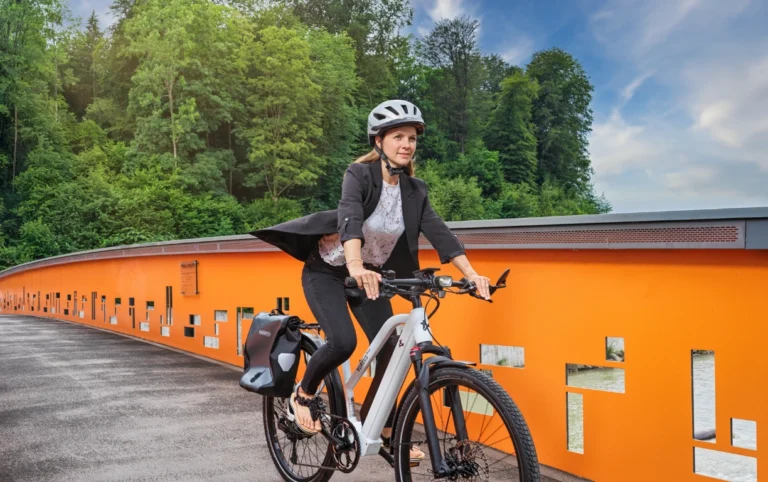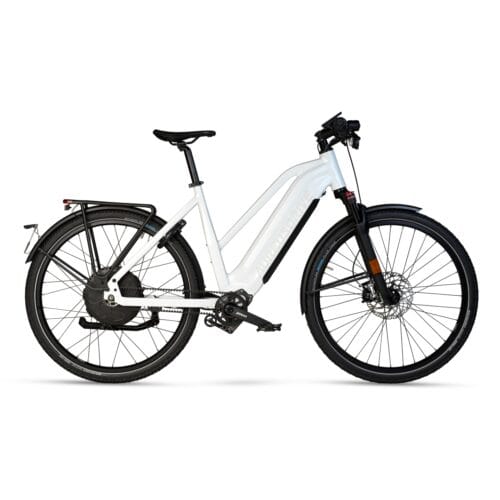Waterproof vs. water-repellent
The differences explained simply
In the outdoor world, we often come across terms such as “waterproof” and “water-repellent”. But what exactly do they mean and how do they influence our choice of the right equipment?
Waterproof vs. water-repellent: the differences
Waterproof means that a material does not let water through, even in heavy or prolonged rain. This is often achieved with special membranes such as Gore-Tex or Sympatex, which prevent water from penetrating but also remain breathable.
Water-repellent describes materials that repel water to a certain extent, but do not completely prevent moisture from penetrating. They are ideal for light rain or brief contact with moisture, but do not offer lasting protection in the event of heavy rainfall.
The role of the water column
The water column is a measure of how much water pressure a material can withstand before water penetrates through the fibers. It is given in millimeters (mm). For example, a value of 8,000 mm means that the material can withstand a water pressure of 8 meters before the material / fabric starts to leak.

According to the European standard, a material is considered waterproof from a water column of 1,300 mm. In Switzerland, however, waterproof only applies from 4,000 mm. High-quality outdoor clothing usually has significantly higher values in order to withstand extreme conditions.
Practical examples of the water column
To give you a better understanding of the water column values, here are some illustrative comparisons:
| Water column | Example | Description |
| 1,000 mm | Simple umbrella | European standard for waterproofness: light rain showers are kept out. |
| 3,000 mm | Min. density recommended for outdoor tents | Withstands moderate rain showers, but could become permeable in prolonged rain. |
| 4,000 mm | Bicycle bag | Swiss standard for waterproof: Withstands heavy rain, but high pressure (e.g. from sitting on a wet surface) can push water through. |
| 10,000 mm | Rain jacket | Stays tight even in heavy continuous rain. |
| 15,000 mm | Rain pants | Ideal for extreme weather conditions or intensive contact with water, e.g. when sitting on a wet surface. |
| 28,000 mm | Gore-Tex membranes: high-performance rainwear for mountaineers and expeditions. | Withstands high water pressure and extreme weather conditions. |
| >45,000 mm | Sympatex membrane: Professional protective clothing for rescue services or industrial applications. | Absolutely waterproof, even under the most extreme conditions. |
Application in practice

For longer rides in changeable weather, it is advisable to wear waterproof clothing with a high water column to stay dry and comfortable.
Our POLLUX e-bike protective jacket has a water column of 8,000 mm and therefore offers reliable protection against rain and wet conditions. It combines waterproofness with breathability so that you are optimally protected even in adverse weather conditions. In addition, the safety padding on the back, shoulders and elbows provides proven protection in the event of a fall.
AureusDrive wishes everyone a dry journey!
If you would like to delve deeper into the world of e-bikes, we recommend that you explore our other blog posts. There you will find exciting tests, detailed product reviews and helpful tips that will help you to be optimally equipped for every situation.
Further contributions

How to correctly adjust your e-bike to your height.
Tips for saddle height, handlebar position and more Correctly adjusting an e-bike to your height is an important component for…

Important traffic rules for e-bikes
What e-bike riders in Switzerland should know. With the increasing popularity of e-bikes as an environmentally friendly and practical means…

Power45 tested by EasyBiken
Power and comfort in the test The Power45 was put through its paces as part of a test by EasyBiken….











